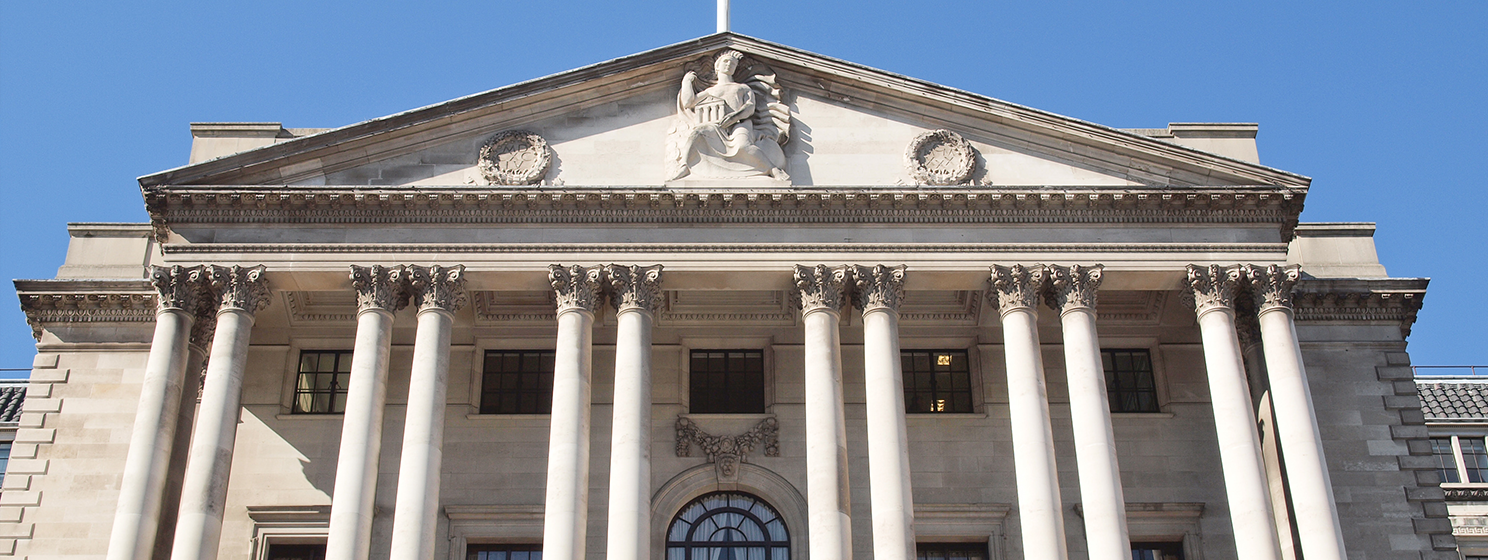Bank of England (Boe) Governor Andrew Bailey has said he realizes the potential of Stablecoins for the payment system’s innovation and to reduce the UK’s dependence on commercial banks, as long as digital assets meet the conditions for public confidence.
In one Article Bailey written for the Financial Times and said it should be possible to have innovation in the form of money“And that” it would therefore be wrong to be against Stablecoins as a matter of principle. “
The Boe Governor also said that he acknowledged Stablecoin’s potential to “drive innovation in payment systems both at home and across borders.”
When you talk about Stabelcoin’s potentialBailey said his focus was on using them as traditional currency, ie. “on scale for payments and decommissioning in the real economy.” This contrasts with their main use today, as a way to enter and leave digital asset markets. For this reason, digital assets that are not linked to a Fiat currency, such as Bitcoin and Ethereum, are not fulfilling his definition of money.
Bailey’s obvious enthusiasm for using Stablecoins in scale for daily settlements in the real economy shows a deviation from previous BOE thinking on Stablecoins.
Specifically in a discussion in November 2023 paperThe bank suggested to put individual mice on digital pounds between £ 10,000 ($ 13,472) and £ 20,000 ($ 26,944), while requesting feedback on a possible lower limit of £ 5,000 ($ 6,736).
Such boundaries would cause a British pound to be denominated Stablecoin for everyday use extremely difficult, if not entirely uncommon. The Boe Governor’s comments this week indicate that this may have been a point that is well made in the consultation discharge.
But while Bailey may have entered a U-turn from the bank at Stablecoins, he was also keen to emphasize that “confidence in money is crucial to economies.” Therefore, it is critical that all Stablecoins meet the conditions that Activate public confidence in money.
TRUST IN MONEY
Bailey said that in order for Stablecoins to trust, they would have to meet three criteria.
First, the aid resources should be “free of financial risk in terms of credit, interest and exchange rate.” This ensures that the value of a coin can really be stable.
Secondly, although the availability of asset could be trusted, it would remain “operational risks”, for example in the case of a successful Cyberattack. Thus, confidence in Stablecoins would also require an insurance system (as with bank deposits), and a statutory resolution arrangement that would ensure that the holders are “preferred creditors”, ie the first in a row to be paid in a bankruptcy or insolvency.
Finally, Bailey claimed that the conditions for the exchange of Stablecoins must be “known, consistent and lasting.” In other words, they must be the same for all holders (a person’s stablecoin should always be worth exactly the same as someone else’s); must be “directly to other forms of money” (easily convertible); And not dependent on a digital exchange exchange and its business conditions.
“At present, all Stablecoins do not meet this condition,” Bailey said.
With these three factors in place – solid support/reserve assets, insurance systems and clear, consistent exchange – Stablecoins can trust by the public enough to become a generally used form of money.
If such Stablecoins could trust, Bailey would see additional benefits in Adopt the technology.
Reduce dependence on banks
Boe -Governor noted that another issue raised by StableCoins that became more integrated into the financial system would reduce the relief and dependence of Bankswhose lending and credit activities add an element of risk to traditional money.
“Through banks, the system has combined the possession of money with the provision of credit, which means that deposits directly support lending that underpin the economic activity. This has become known as a fractional reserve bank,” Bailey explained. “In other words, most assets that support commercial bank money are not risk -free: they are loans to individuals and for companies.”
As previously described, confidence in money is important, with one of the three most important factors for maintaining this confidence is that the money is supported by risk -free assets. The fact that banks, through lending, introduce part of the risk in their reserves/asset support has meant that the regulation has had to pick up the slack to ensure confidence. An example of this is mandate insurance.
Bailey suggested that the system does not need to be organized like this: “It is at least partially to distinguish money from credit regulations, with banks and stablecoins that exist and non-banks that perform more of the credit provision role.”
But he also warned that “it is important to consider the consequences of such a change thoroughly before moving on.”
Consultation
Bailey’s FT article was timed to precede Boe’s publication of a consultation document on the UK’s systemic Stablecoin regime.
According to Bailey, the regime would apply to Stablecoins, which is used on a large scale as money (for everyday payments) and consider what standards they would need to fulfill.
“We will state that generally use British Stablecoins should have access to accounts on Boe to strengthen their status as money,” he said. “This will be a critical part of creating an advanced regime for Stablecoins, one that ensures that the UK can reap the benefits while maintaining a stable financial system.”
Stablecoins who hold accounts on Boe would go any way towards The bank’s goals of tokenizing depositsrather than issuing Stablecoins himself.
Bailey did not give an exact date for the consultation, other than to say that it would be published in the coming months.
Watch: Richard Baker on Engineering a smarter financial world with blockchain
https://www.youtube.com/watch?v=8xwwprpti1g Title = “Youtube video player” Ramborder = “0” Allow = “Accelerometer; Autoplay; Clipboard writing; encrypted media; Gyroscope; Image-in-Bild; Web Dividend” Reference Policy = “Strict-Origin-When-Cross-Origin” Allowing Lorscreen = “>”





